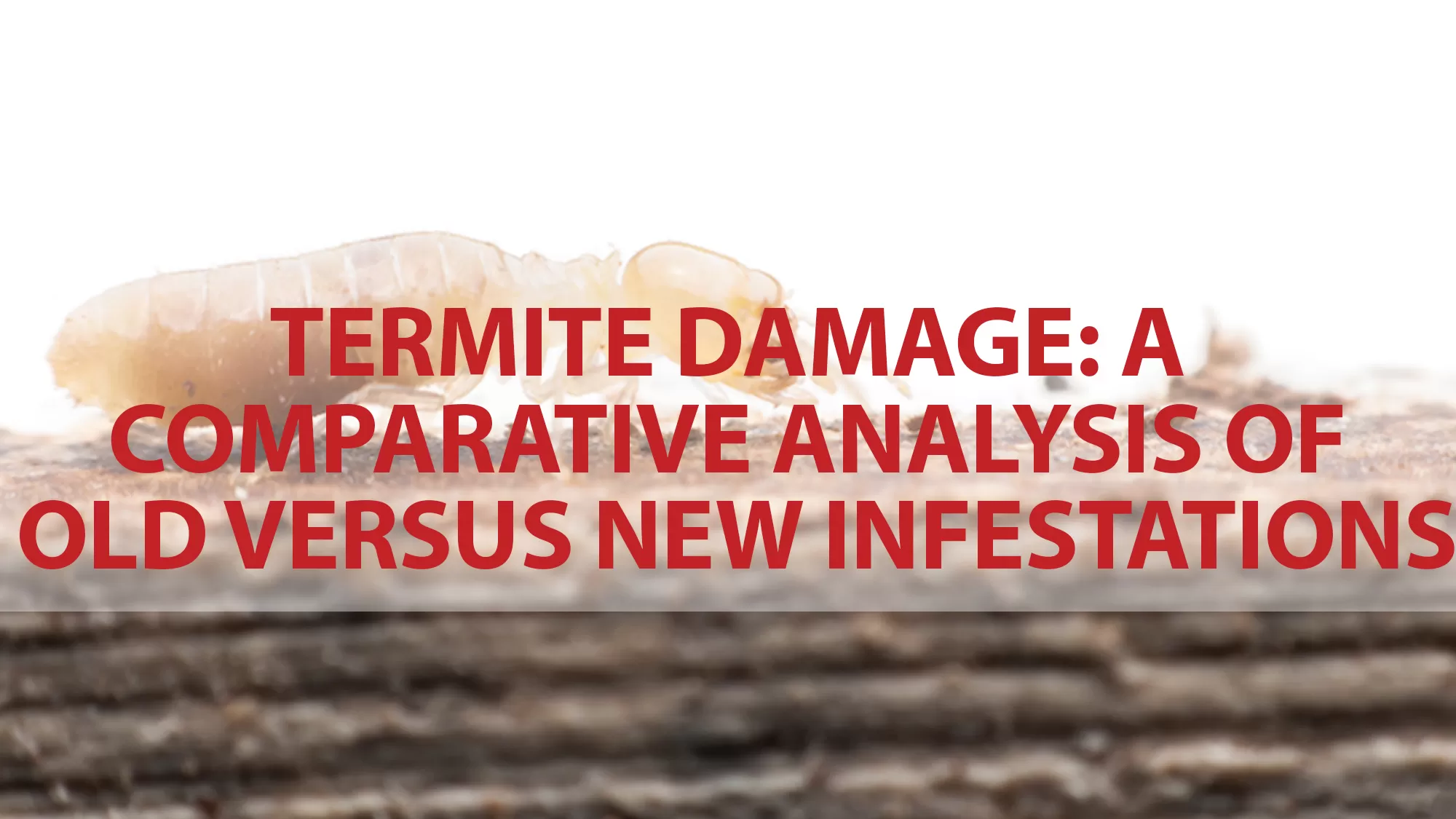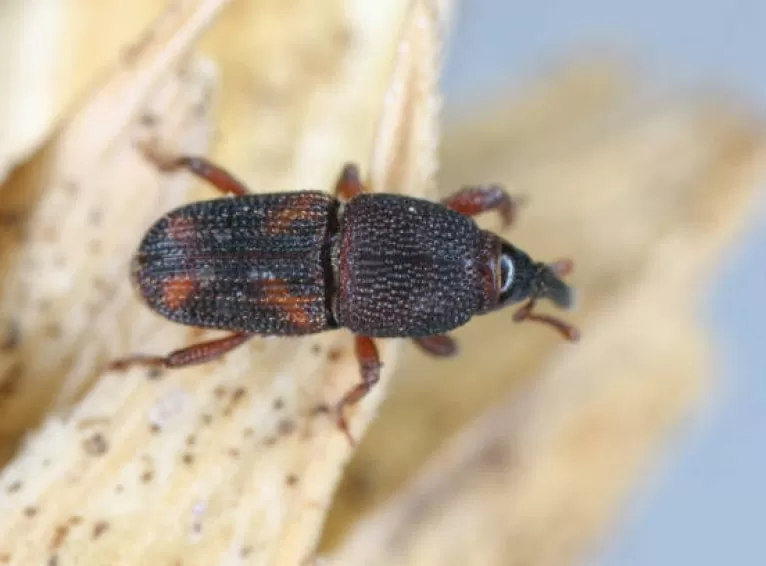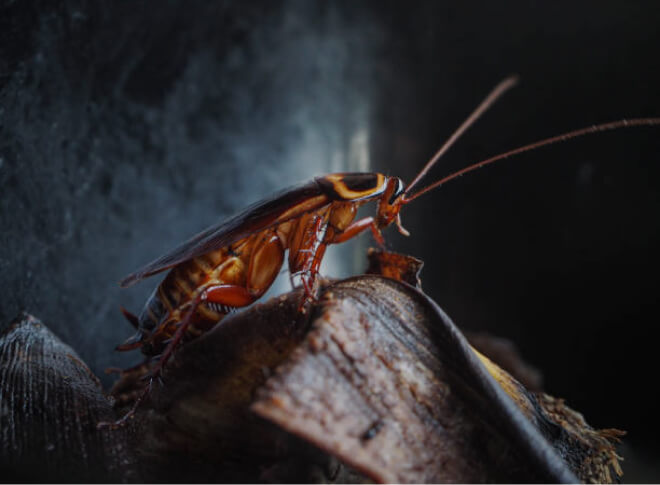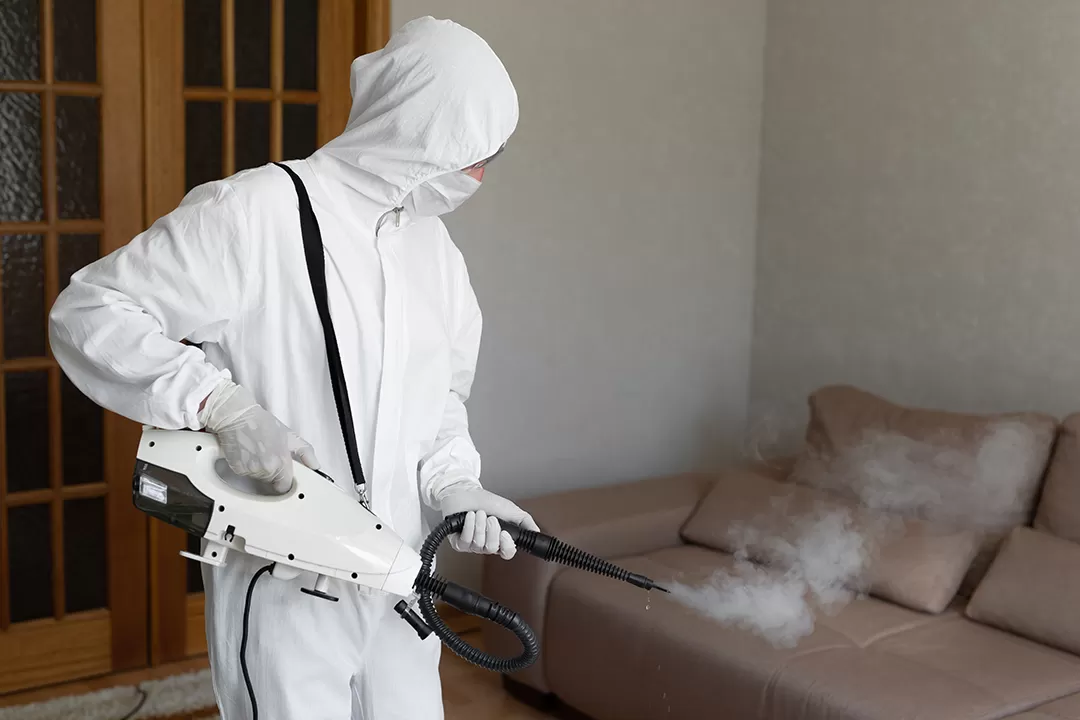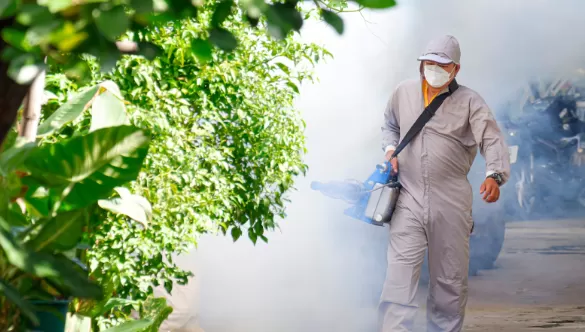Seeing signs of termite damage in your home is a harrowing experience. Even though termite infestations are far less common than other insects, they spread the most terror. Termites can eat your home from within, leaving you to spend thousands on repairs.
Beware of how you react to termites in your home. Also, check for signs of termite damage before renting or buying a property. However, do not be alarmed by all the signs, as some termite damages could be from an old infestation.
Signs of Old Versus New Termite Damage
There is nothing to worry about if there is no active termite infestation. Assess whether the infestation is relatively new or an old one. Not sure how to distinguish between them? Here’s how:
Damaged Wood
Damaged wood is a telltale sign of termite infestation. You may not notice wood damage until the infestation is serious. To assess your furniture, wood frames, etc., evaluate wooden items in different parts of your home to check for any significant differences.
If a wooden article has been damaged by dry-wood termites, the wood will sound dull or hollow when you tap on it. The termites consume the cellulose in the wood, which in turn causes the wood to rot from the inside.
As serious as this is, if you do not spot any live termites or other signs of termite damage, damaged wood might be an indication of an old infestation. Jammed doors and windows are another sign of a termite problem. When termites feed on the frames from within, they will warp and become jammed.
Mud Tubes
Mud tubes are tunnels subterranean termites build to discreetly extend their paths out of wood and soil. These mud tubes help termites connect their food sources to their nest. Usually the size of a pencil, mud tubes are easy to identify if you know what you are looking for.
Commonly found at the foundation of houses, mud tubes also help keep moisture and offer protection to termites. Just like wood damage, you might find a mud tube that is not currently active.
To check if there is any current termite activity, break off a small part of the mud tube and check if there are any moving termites inside. An active infestation is not present if mud tubes from different parts of the house are empty, especially if the mud tubes seem dry.
Wait a few days before you come to a conclusion. If active termites are still using the tunnels, the tube will be repaired soon.
Termite Droppings or Frass
If termites are demolishing your house, you will definitely find some termite droppings around the house. Also known as frass, termite droppings are small wood pellets that termites leave behind after they chew through wood to make tunnels. Frass looks like sawdust and can usually be found in large piles.
When termites make tunnels or galleries to build nests, they drill holes in the tunnels and force the dropping out to keep their tunnels clean. This is why termite frass is usually out in the open. The presence of frass in a particular area hints at a growing termite colony on the property.
Flooring May Blister
When termite munch on the wood under your flooring, your floorboards may expand or blister. Termites find hardwood floors, which are rich in cellulose, irresistible. In addition to the nutritional value of hardwood flooring, the dense composition makes it a stable and durable nest for termites.
It also helps the termites that flooring is close to the ground. What’s more, the moisture-retaining properties of hardwood attracts termites. When termites keep chewing the wood from underneath, the top layer of flooring can show noticeable changes. You might notice dents or bubbles. If you feel any such changes while walking, investigate to find out if there is any termite infestation. Especially if you see any new blisters, it may be a hint that termites are active in your home.
Termite Swarmers and Wings
If there is only one sign that will confirm an active termite infestation, it is the physical sighting of swarmers. Swarmers are reproductive termites that fly out of their nests to mate and begin a new colony.
Seeing flying termites is a terrifying sign that signals that there is not only an infestation but has also spread to different parts of your home. However, swarmer termites might be challenging to spot.
You can look for discarded wings that swarmer termites shed after they reach their destination. You are more likely to see these wings near window sills and doors.
Clicking Sound of Termites
In a house invaded by termites, you will undoubtedly hear the sound of termites. Termites are busy insects that are constantly moving and working. A distinct clicking noise is made when termites frequently shake their bodies or bang their head on walls.
The vibration produced by members of termite colonies is interpreted as a signal. The headbanging helps notify colony members about possible threats. The sound can be heard from miles away, so you, too, can hear it if you listen carefully.
Conclusion
Noticing termite damage does not always have to be very concerning. Some signs of damage can be from old termite infestations. This could include damage to flooring and walls. If there are dry and empty mud tubes in different parts of the house, it means there was a termite problem on the property previously.
On the other hand, an active infestation will have noticeable signs of termites currently living in the house. You might hear termite headbanging or chewing noises, notice frass, and even see flying termites. These flying termites or their abandoned wings are the ultimate sign of a current termite infestation.
As soon as you confirm you are dealing with an active infestation, call professional termite control for help. While you definitely do not want to ignore a termite infestation, you also do not want to do anything that can lead the infestation to spread further by attempting to handle termite control by yourself.

